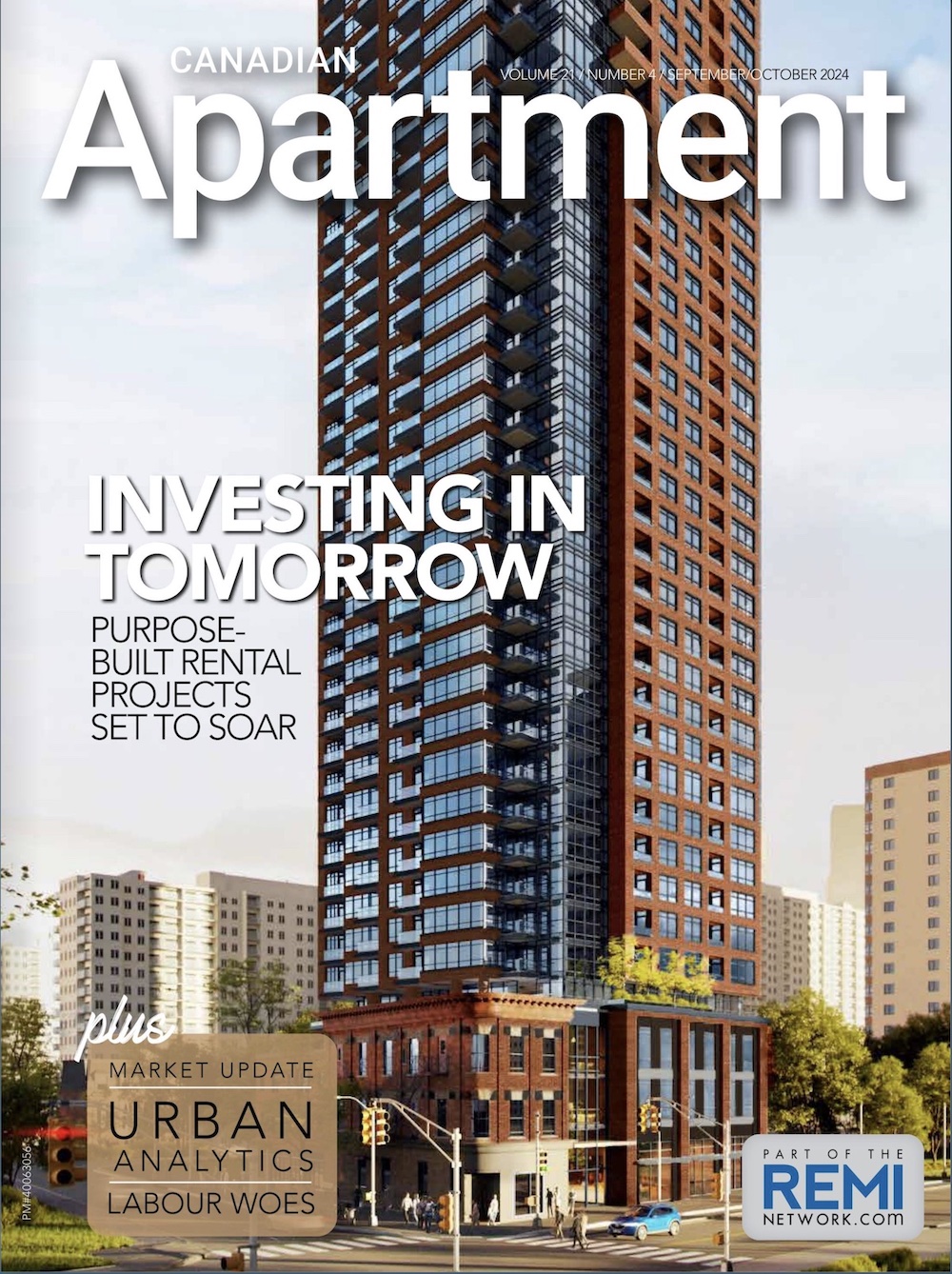As the focus on energy efficiency increases, more developers and communities are seeking opportunities to incorporate sustainable and green elements into their planning and design.
In the past, many believed that the green craze was more about buzz than action, especially in multi-family developments where green features were often tacked on as an afterthought. But as energy costs increase and materials and systems become more affordable, going green has become a much more viable option.
Simple features like drought-tolerant landscaping, high-efficiency HVAC systems, double-pane windows, and even parking spaces reserved for fuel-efficient vehicles can help a building achieve various certifications. And, while the required research and additional costs of green materials and systems may seem unappealing at first, the benefits are great, especially when studied over a longer period of time.
“Often, a few additional calculations are all it takes to ensure that the systems and materials used in a project will help it to run at its most efficient level,” says Kay Ahrens, vice-president of marketing at Humphreys & Partners Architects, L.P. “On average, bringing sustainable ideas and elements into a project can increase costs from seven to 10 per cent. However, many costs can be recovered over the operating life of a building.”
Ahrens cites Sterling Collwood in San Diego, California, as an example of a new student living building that has taken sustainable design to the next level. “It’s an off-campus student living community built around leading an environmentally-conscience existence. From inception to completion, conservation strategies were implemented to ensure the building’s green integrity.”
According to Ahrens, those strategies included an aggressive waste management plan that resulted in the diversion of 10,479.81 tons (87 per cent) of on-site generated construction waste from area landfills. To reduce potable water consumption, a sophisticated water-efficiency system was selected, resulting in a 67 per cent reduction of wasted water. But the most impressive feature is the building’s on-site renewable energy source: solar rooftop panels. The photovoltaic panels have significantly reduced energy costs, and provide 100 per cent of the electricity for the common areas, and 30 per cent of the energy in residential units.
Green planning strategies
Using the Sterling Collwood example, Ahrens recommends that all companies ask the right types of questions before digging in to their next new development. For instance:
- How can developers reduce their carbon footprint during construction?
- How will the new building be sustainable for the long term?
- How can the building’s impact on its immediate environment be minimized?
- How can a higher degree of enhanced indoor air quality be provided to residents?
- How can the building be more energy efficient?
By thinking big picture and implementing conservation strategies at the onset of a project rather than tacking on simple green features later, owners can boost their building’s integrity and enjoy better returns in the long run.
Erin Ruddy is the editor of Canadian Apartment Magazine.






